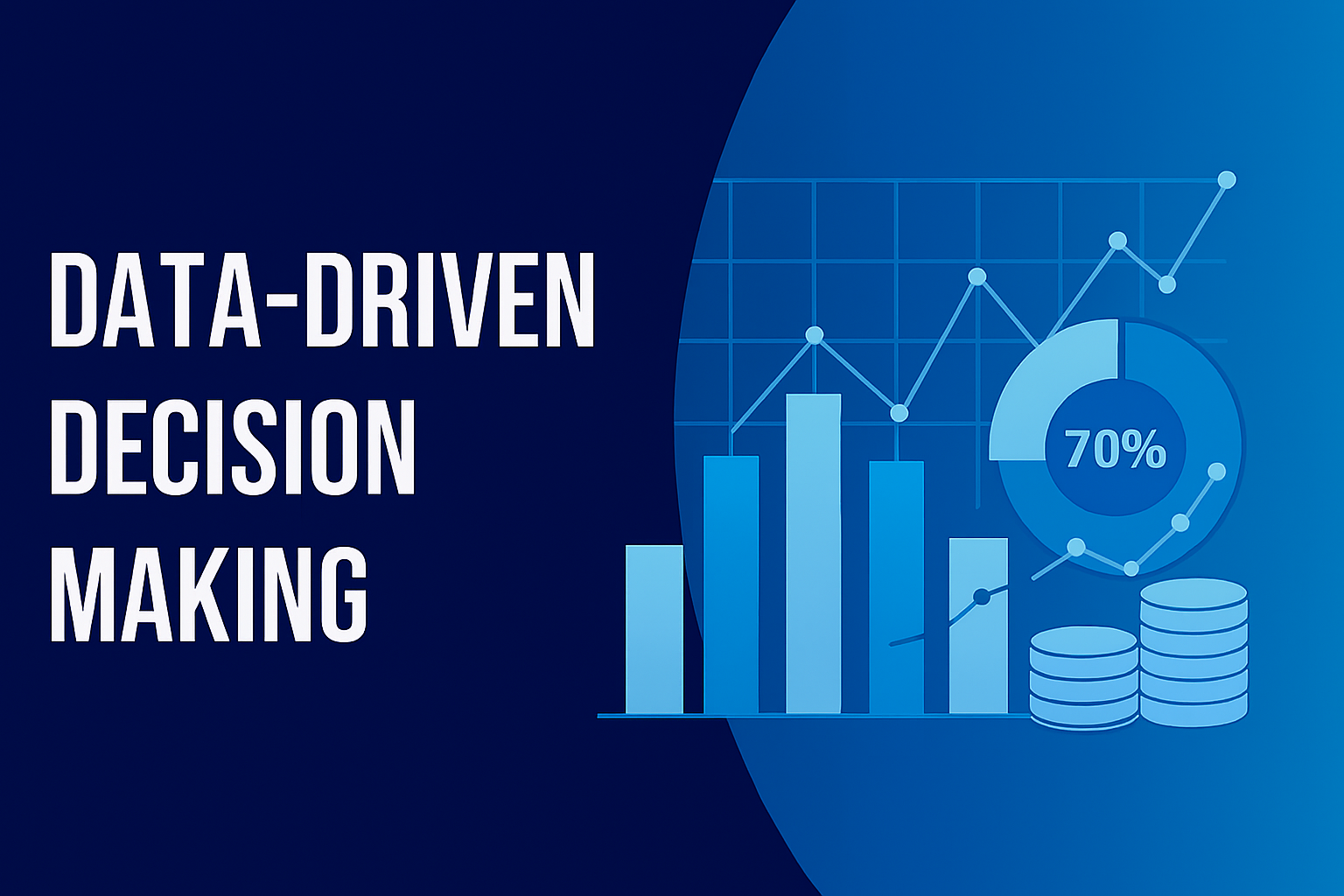Best Practices for Data-Driven Decision Making in Business
In the past, small businesses often struggled to compete with large corporations that had deeper pockets, wider reach, and more resources. But today, technology has changed that dynamic completely. With affordable digital tools, automation, and online platforms, small businesses now have the power to operate, market, and scale efficiently—just like major enterprises.
Technology has truly leveled the playing field for small businesses, helping them thrive in an increasingly competitive global market.
1. The Digital Transformation Advantage
Digital transformation is no longer limited to big brands. Small businesses can now adopt cloud-based software, digital payment systems, and project management tools that streamline operations without high upfront costs.
For example, cloud platforms like Google Workspace, Slack, and Notion allow teams to collaborate in real-time—whether they’re in the same city or across continents. This flexibility makes it easier for small enterprises to stay agile and responsive to customer needs.
2. Affordable Marketing Through Digital Channels
Traditional marketing was expensive and limited in reach. Technology has changed that through digital marketing.
From social media campaigns to email automation and SEO, small businesses can now reach thousands of customers at a fraction of the cost of print or TV ads. Platforms like Instagram, Facebook, and Google Ads enable precise targeting based on interests, behavior, and location.
With the right strategy, even a small startup can build brand awareness, generate leads, and convert followers into loyal customers—all through affordable online tools.
3. Data-Driven Decision Making
Big data is no longer exclusive to large corporations. Tools like Google Analytics, HubSpot, and Tableau allow small businesses to track website traffic, analyze customer behavior, and measure marketing performance.
By using these insights, small business owners can make data-driven decisions—understanding what works, what doesn’t, and where to invest next. This empowers them to operate smarter, not just harder.
4. Automation Improves Efficiency
Technology also brings automation, helping small teams do more with less effort.
From automated invoicing and inventory management to AI-based chatbots, automation reduces repetitive tasks and boosts productivity. For example, CRM tools like Zoho or Salesforce help small businesses manage customer relationships efficiently while saving time and resources.
As a result, small companies can focus on innovation and growth instead of being bogged down by daily operations.
5. Access to Global Markets
E-commerce platforms like Shopify, Etsy, and Amazon have given small businesses a chance to go global. A product made in a small town can now reach customers across countries—something nearly impossible two decades ago.
Similarly, digital payment solutions and logistics integrations make cross-border selling smoother than ever. This global reach helps small businesses compete with established brands on a much larger scale.
6. Building Trust Through Technology
Today’s consumers value transparency, security, and reliability. By adopting secure payment gateways, maintaining active social profiles, and collecting customer reviews, small businesses can build trust and credibility.
Technology allows even the smallest brand to appear professional and trustworthy—qualities that directly impact customer loyalty and retention.
Conclusion: The Tech-Powered Equalizer
Technology has become the ultimate equalizer for small businesses. It offers cost-effective tools, real-time data, and access to global customers, all of which were once only available to large corporations.
By embracing digital transformation, small businesses not only stay competitive but also unlock new opportunities for innovation and growth.
In short, technology levels the playing field for small businesses—turning ambition and creativity into measurable success.






